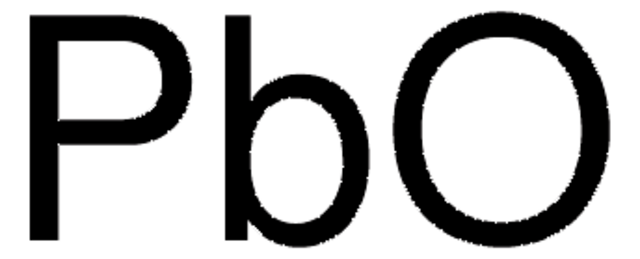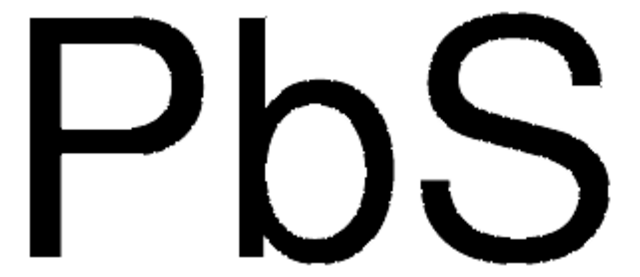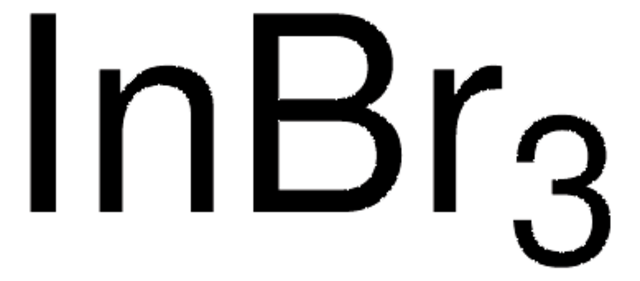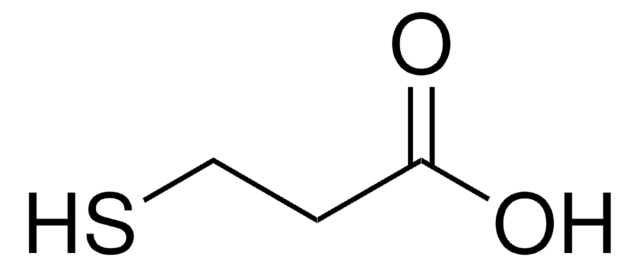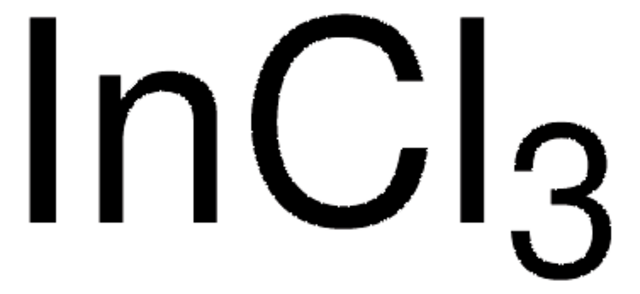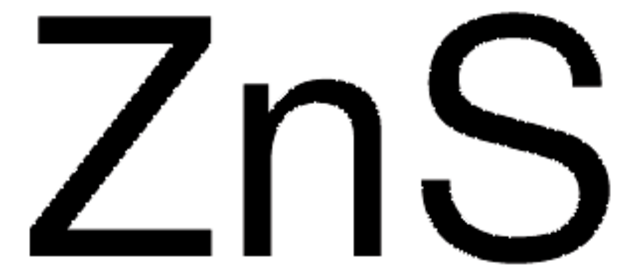推薦產品
品質等級
化驗
99.9% trace metals basis
密度
7.5 g/mL at 25 °C (lit.)
SMILES 字串
[PbH2]=S
InChI
1S/Pb.S
InChI 密鑰
XCAUINMIESBTBL-UHFFFAOYSA-N
尋找類似的產品? 前往 產品比較指南
一般說明
PbS 可从铅 (II) 盐和硫化氢溶液中沉淀。
應用
PbS 可用于电信。2
包裝
塑料瓶包装
訊號詞
Danger
危險分類
Acute Tox. 4 Inhalation - Acute Tox. 4 Oral - Aquatic Acute 1 - Aquatic Chronic 1 - Repr. 1A - STOT RE 2
儲存類別代碼
6.1D - Non-combustible acute toxic Cat.3 / toxic hazardous materials or hazardous materials causing chronic effects
水污染物質分類(WGK)
WGK 3
閃點(°F)
Not applicable
閃點(°C)
Not applicable
個人防護裝備
Eyeshields, Gloves, type P3 (EN 143) respirator cartridges
客戶也查看了
Dayong Zhang et al.
Advanced materials (Deerfield Beach, Fla.), 24(20), 2715-2720 (2012-04-17)
An intrinsic mechanism of photoinduced hole transfer reactions occurring at the grapheme-PbS interface is described with the purpose of building a tunable photosensor with a responsivity of more than 10(3) A W(-1) . It is remarkable that rational utilization of
Photocatalytic activity of quantum dots incorporated in molecular sieves for generation of hydrogen.
Afshin Pourahmad
Spectrochimica acta. Part A, Molecular and biomolecular spectroscopy, 94, 18-22 (2012-04-17)
MCM-41 molecular sieve coupled with lead sulfide quantum dots (PbS-MCM-41) was prepared by ion-exchange method. The photocatalysts were characterized by X-ray diffraction (XRD), scanning electron microscopy (SEM), UV-vis spectroscopy, infrared spectroscopy (IR) and BET (Brunauer-Emmett-Teller) experiments. Exciton absorption peak at
Piezoelectric-polarization-enhanced photovoltaic performance in depleted-heterojunction quantum-dot solar cells.
Jian Shi et al.
Advanced materials (Deerfield Beach, Fla.), 25(6), 916-921 (2012-11-28)
D Wang et al.
Nanotechnology, 23(24), 245701-245701 (2012-05-30)
In this paper, PbS semiconductor quantum dots (QDs) with near-infrared (NIR) photoluminescence were synthesized in oleic acid and paraffin liquid mixture by using an easily handled and 'green' approach. Surface functionalization of the QDs was accomplished with a silica and
Ana Querejeta-Fernández et al.
ACS nano, 6(5), 3800-3812 (2012-04-21)
A lot of interesting and sophisticated examples of nanoparticle (NP) self-assembly (SA) are known. From both fundamental and technological standpoints, this field requires advancements in three principle directions: (a) understanding the mechanism and driving forces of three-dimensional (3D) SA with
我們的科學家團隊在所有研究領域都有豐富的經驗,包括生命科學、材料科學、化學合成、色譜、分析等.
聯絡技術服務